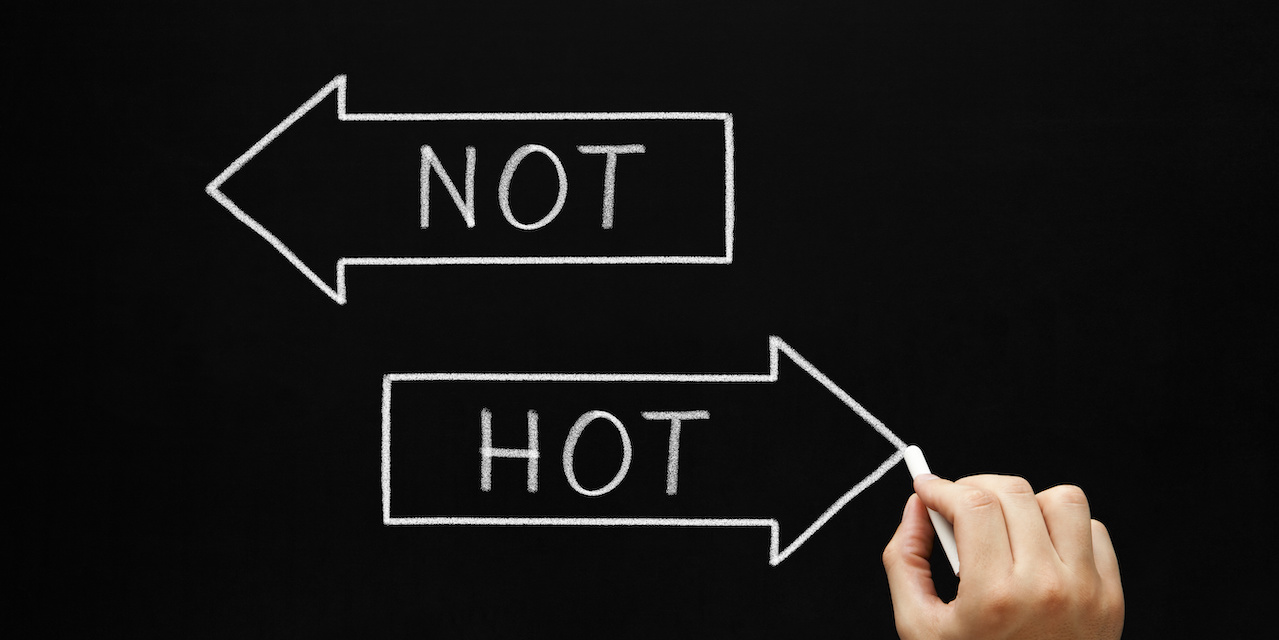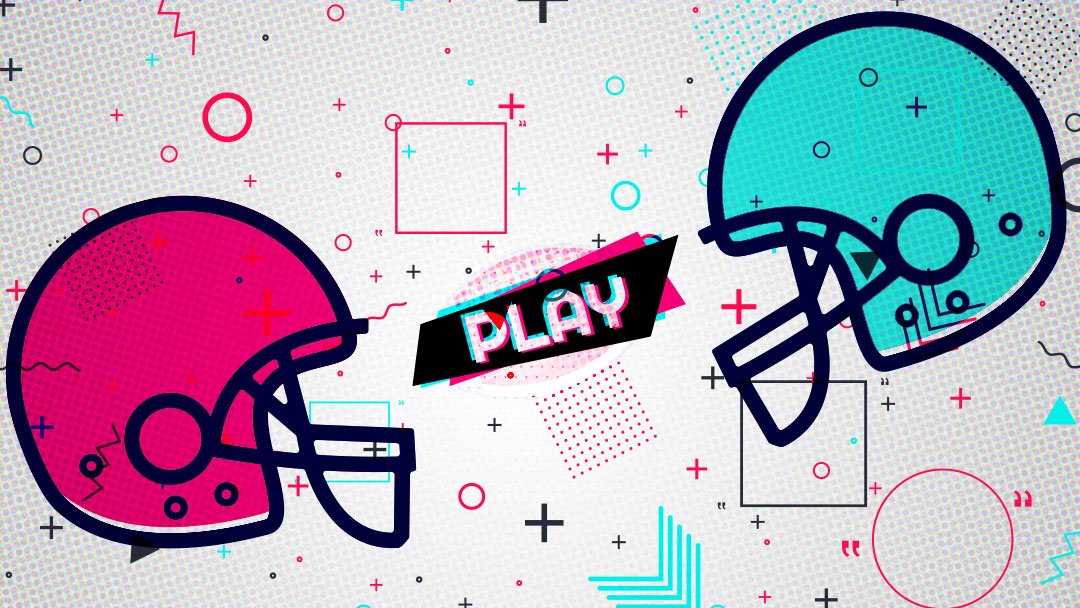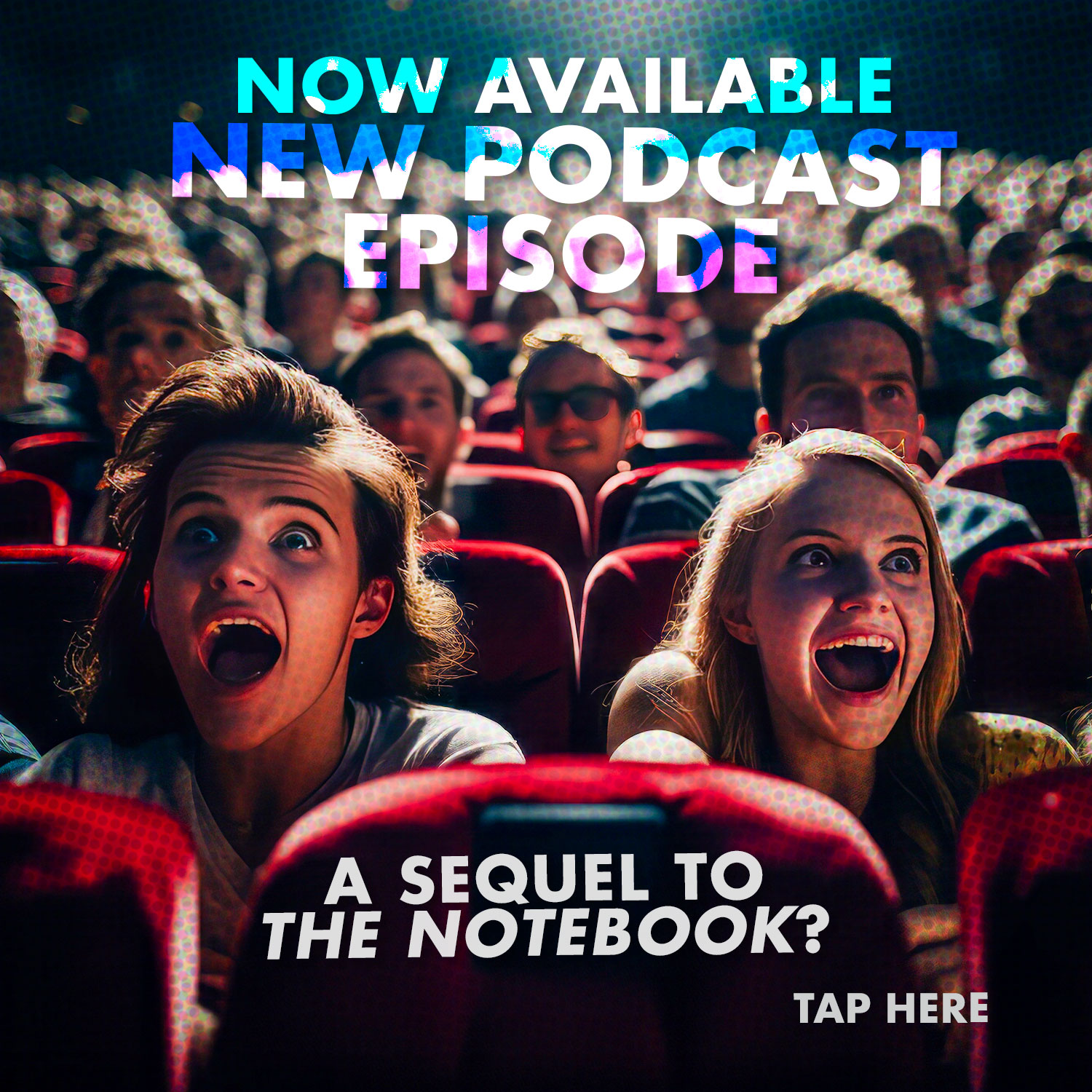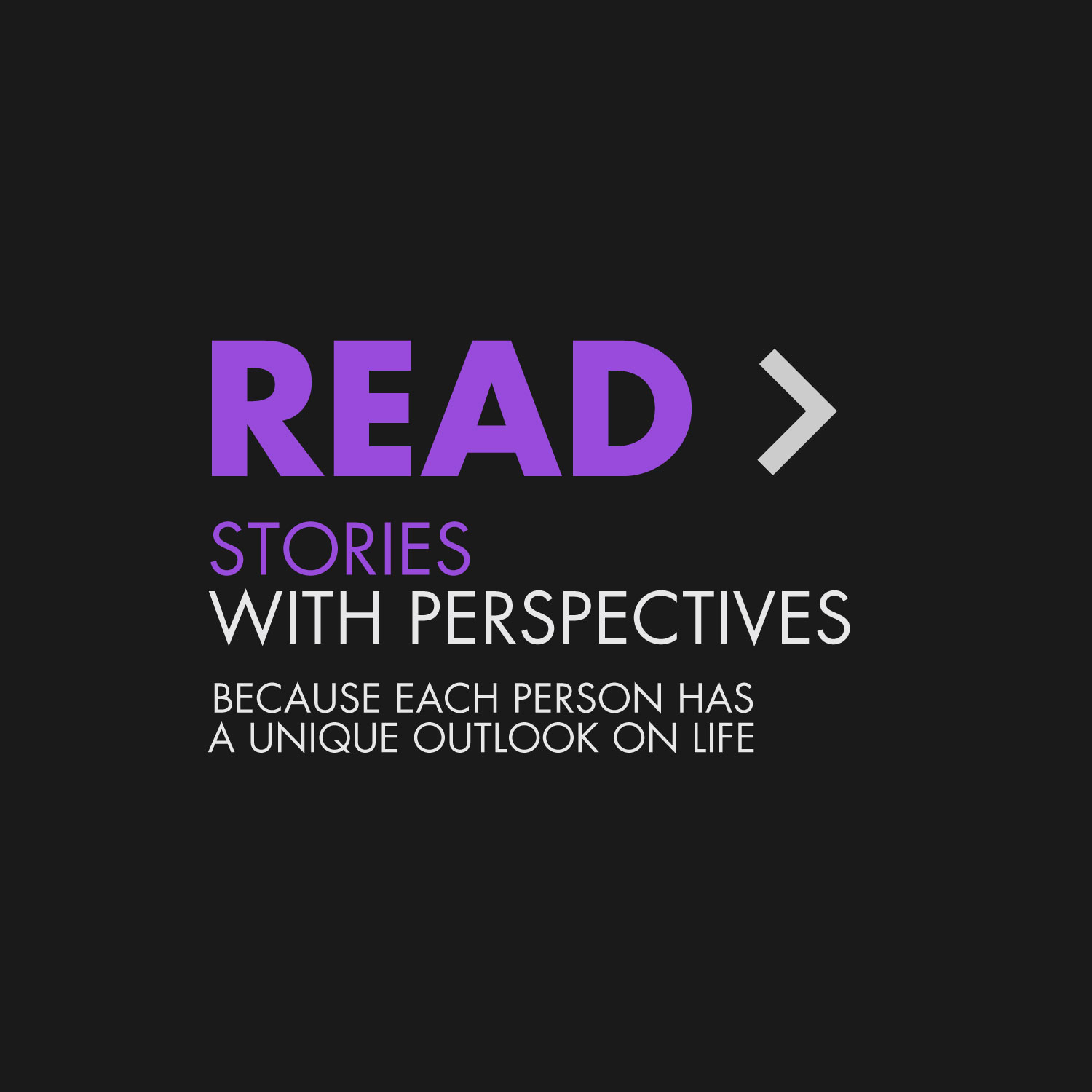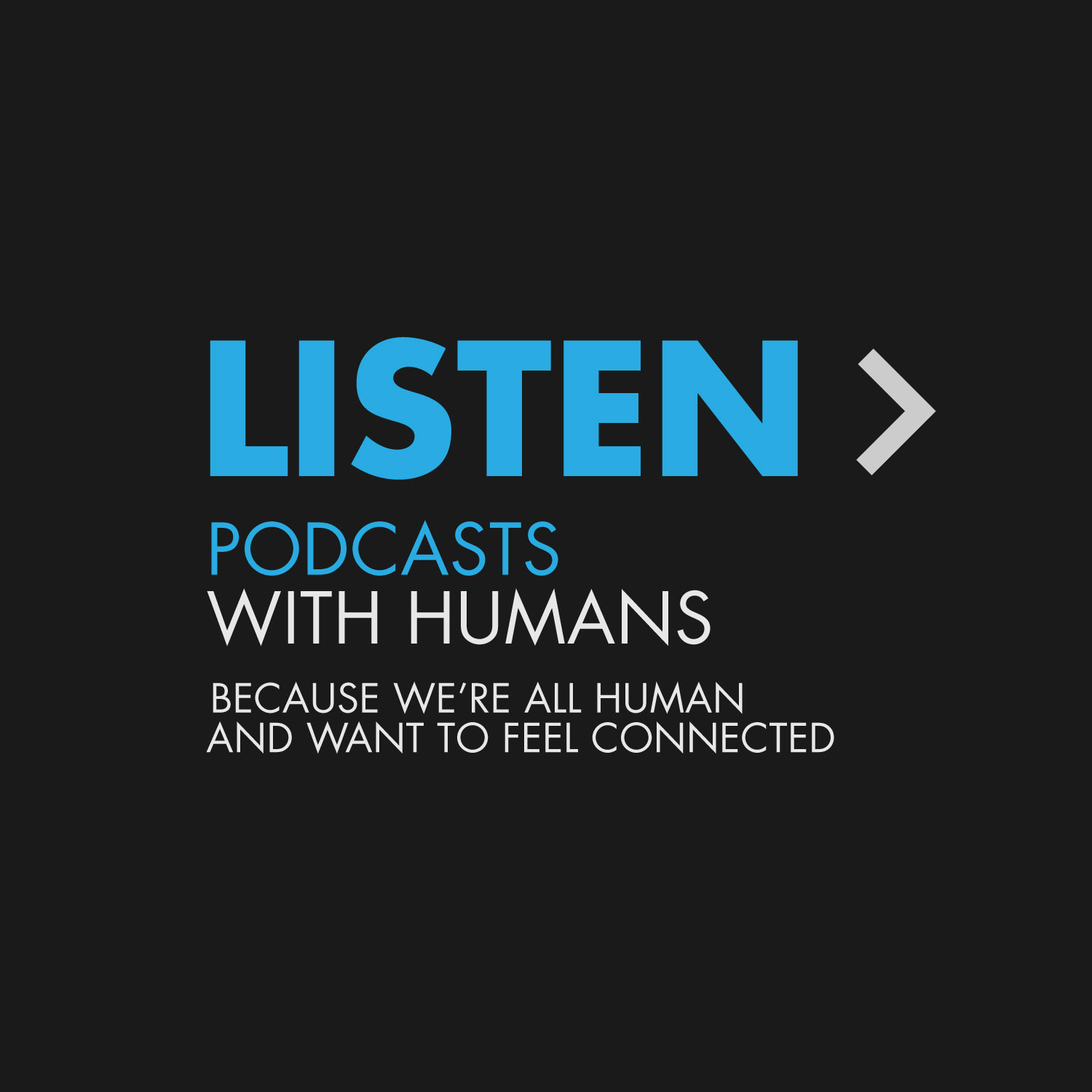Social Influencers: When it’s Hot and When it’s Not
This article comes to us from the Speaking Human University Program, which gives voice to the thoughts and perspectives of the next generation of consumers and marketers…
Most people on Instagram follow one or more influencers. Whether you like it or not nearly every single one of their posts is an advertisement. Social media influencers have been a goldmine for companies across the globe. It allows them to efficiently advertise to their target market without making them feel like they’re being advertised to. But it can also have some negative consequences.
Instagram is one of the most popular social media platforms used today. Not only do individuals use Instagram as a way to connect with friends and family, 70% of businesses use Instagram to connect with their audience. Since 80% of micro-influencers use Instagram as their preferred method of connecting with their audiences, business have hired a variety of influencers and either payed them ($1 billion total in 2017) or provided them free products.
Last year 60% of users surveyed said they learned about a product or service from Instagram. Marketers reported earning $6.50 dollars for ever dollar spent on influencers. Influencers also provide a legal workaround for ad blockers. 47% of people have enabled ad blockers on their devices. However, these same users have voluntarily followed influencers.
HOT: Examples of Successful Brand Influencer Efforts
A good example of successful influencer marketing was run by Subaru in 2017. Subaru launched the #MeetAnOwner campaign. Influencers that were related to “adventure” showed features of the newest Subaru. They were allowed to create their own original content, which made the ads feel like organic posts. This campaign boosted the awareness of Subaru’s new line of cars and exposed younger car buyers to the brand.
A couple other examples: In September of 2017 Fenty Beauty used Rihanna (creator of Fenty), Kylee Jenner, and a few other celebrities to promote the diverse range of colors. By using these influencers, they were able to expand their organic reach by millions. In 2016, footwear brand Sperry hired more than 100 micro-influencers to post original content. This campaign allowed Sperry to engage customers organically. They saw an increase in male shoe purchases as a result.
The final example of the positive power of influencer marketing (and my personal favorite) is from Diageo, the parent company of Scottish whiskey brands Lagavulin and Oban. They partnered with Parks and Recreation star Nick Offerman, using his reputation as a rugged manly-man to appeal to their target market. They also created this 44-minute video that showed Nick sitting by a fireplace, staring broodingly into the camera, and occasionally a sipping his drink. It was a hit, and the company even won a few awards for its success.
NOT: When Social Influencer Marketing Goes Wrong
Now the interesting part, the epic failures of social media marketing. Some of these examples are not from Instagram influencers, but the premise is the same…
One you may have heard of is Swedish vlogger/streamer Pewdiepie. Disney partnered with him to create content to appeal to gamers and YouTubers. In one of his videos and in public comments, Pewdiepie voiced some anti-Semitic views. Viewers were outraged and complained to Disney. While Disney didn’t necessarily lose any money over this scandal it brought back old rumors of Disney’s creator being involved with the Nazis. Disney dropped Pewdiepie shortly after.
Another example is from everyone’s favorite host Oprah Winfrey. While promoting the Microsoft edge tablet, she posted using an iPad (which was indicated from the post). The final examples are from Scott Disick and Naomi Campbell. Both stars copied-and-pasted the instructions sent from the brand on what to do when posting in their published posts. These brands faced ridicule and were unable to use these influencers after this debacle.
So what might be one of the downfalls of using influencers? Brands have no control over the posting or behavior of their influencers. Using influencers can be extremely beneficial to a brand or hurt the brand. It is up to the marketer to properly vet every influencer and ensure successful posting habits.

Follow Garrett on Speaking Human / Human Content from Garrett

